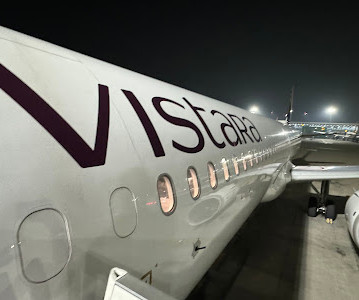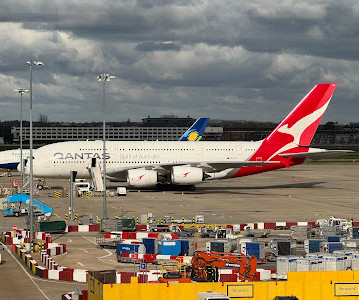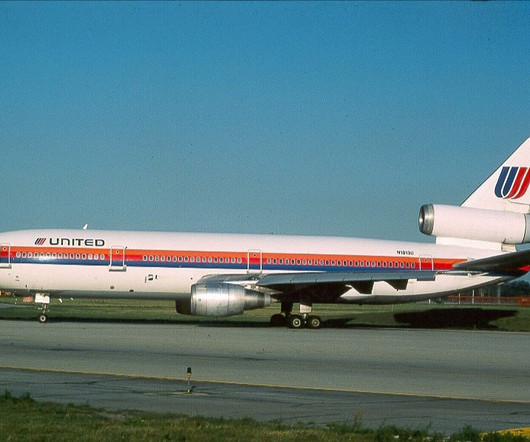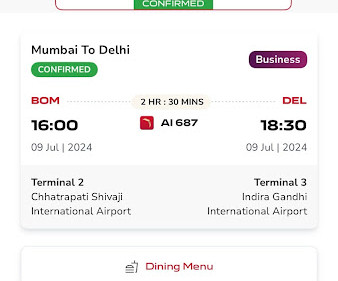Wingtip Vortices and Wake Turbulence
Pilot Institute
MARCH 28, 2025
The exhaust coming out of aircraft engines looks pretty dangerous, generating huge amounts of thrust and pushing back tons of hot air. As seen from the aircrafts tail, the vortex rotates in the anti-clockwise direction on the right wingtip and the clockwise direction on the left wingtip. Whats Happening Inside the Vortex?













Let's personalize your content